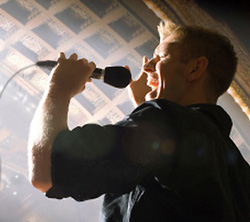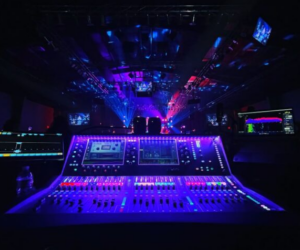Vocal microphones are most entertainers’ and engineers’ introduction to sound systems, their first point of contact and the first piece of equipment that they purchase and carry with them.
The vocal quality is of paramount importance in most sung music, and the easiest way to improve it is often to change vocal mics.
Dynamic mics use the same principle as a loudspeaker, except in reverse. A diaphragm attached to an induction coil is positioned in a magnetic field. Sound moving the diaphragm creates electromagnetic induction resulting in an electrical current current. The geometry of sound entering the front, sides and rear of the capsule determines its sensitivity to sounds arriving from different angles.
Microphones are described by their pickup pattern.
A microphone equally sensitive to sound from any direction is called omni-directional. This type is less desirable in live sound unless they’re positioned extremely close to the intended sound source and able to favor it to the exclusion of other sounds.
Common examples are miniature lavalier condenser mics used as “body mics” for voice or close contact with acoustic instruments, a subject for a future Real World Gear. An omni-directional mic has equal response to sound from all directions, and its polar plot is a round sphere.
Round concentric circles, each representing a 5 dB difference, are the graph upon which a mic’s relative sensitivity to sound from different angles is plotted, called a polar plot.
Directional microphones are distinguished by the shape of their polar plot, with cardioid mics getting their name from the heart-shaped response that shows maximum sensitivity to on-axis sound, tapering slightly at the sides, where response is down about 6 dB, with minimum sensitivity 180 degrees off axis, at the rear of the microphone.
Cardioid mics are more forgiving to a singer’s technique and the angle at which the mic is addressed.
Super-cardioid mics are more focused to favor sounds from the front and have greater attenuation at their sides – about 10 dB – exhibiting minimum sensitivity 140 to 150 degrees off axis, with a minor secondary response lobe at their rear. Hyper-cardioid microphones are even slightly more focused and distinguished by minimum response 110 to 120 degrees off-axis at the expense of a slightly larger rear response lobe.
















